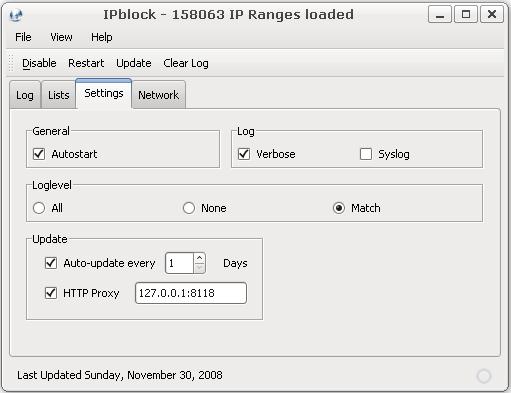The
Desktop Management Interface (DMI) generates a standard framework for managing and tracking components in a desktop, notebook or server components , by abstracting these components from the software that manages them. Modern mother boards are compatible with this standard. For a lay user it means that the BIOS settings can be watched from your OS. DMI standards are published by
Distributed Management Task Force (DMTF) into desktop-management standards. They also provide a related standard named
SMBIOS (System Management BIOS ).
On linux systems , you can watch various system parameters using dmidecode command. You have to be superuser to display dmi information.
#dmidecode
As you run it, dmidecode will try to locate the DMI table. It will print a long list of information. A sample entry is shown below.
Base Board Information
Manufacturer: Intel Corporation
Product Name: DG35EC
Version: AAE29266-205
Serial Number: BTEC8270055Y
Asset Tag: Base Board Asset Tag
Features:
Board is a hosting board
Board is replaceable
Location In Chassis: Base Board Chassis Location
Chassis Handle: 0x0007
Type: Unknown
Contained Object Handles: 0
If you look closely , each record has
· A handle. This is a unique identifier, which allows records to reference each other. For example, processor records usually reference cache mem‐
ory records using their handles.
· A type. The SMBIOS specification defines different types of elements a computer can be made of. In this example, the type is 2, which means that
the record contains "Base Board Information".
· A size. Each record has a 4-byte header (2 for the handle, 1 for the type, 1 for the size), the rest is used by the record data. This value
doesn’t take text strings into account (these are placed at the end of the record), so the actual length of the record may be (and is often)
greater than the displayed value.
· Decoded values. The information presented of course depends on the type of record. Here, we learn about the board’s manufacturer, model, version
and serial number.
There is also a related command named biosdecode which prints a shorter description. On my desktop , biosdecode provided
# biosdecode
ACPI 1.0 present.
OEM Identifier: INTEL
RSD Table 32-bit Address: 0x7F6FD038
PNP BIOS 1.0 present.
Event Notification: Not Supported
Real Mode 16-bit Code Address: F000:AF46
Real Mode 16-bit Data Address: 0040:0000
16-bit Protected Mode Code Address: 0x000FAF51
16-bit Protected Mode Data Address: 0x00000400
OEM Device Identifier: SST2400
SMBIOS 2.4 present.
Structure Table Length: 1551 bytes
Structure Table Address: 0x000E33F0
Number Of Structures: 33
Maximum Structure Size: 152 bytes






















